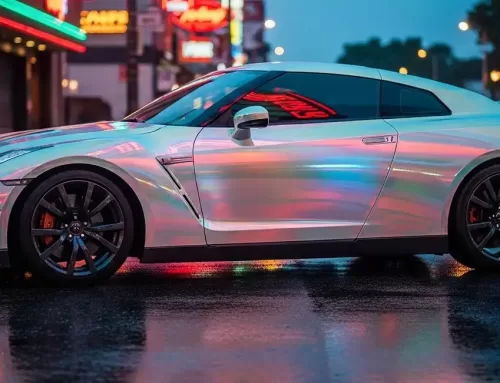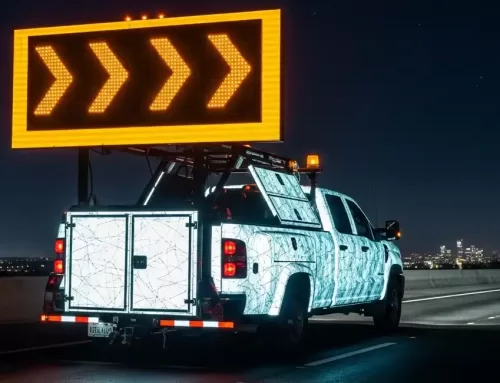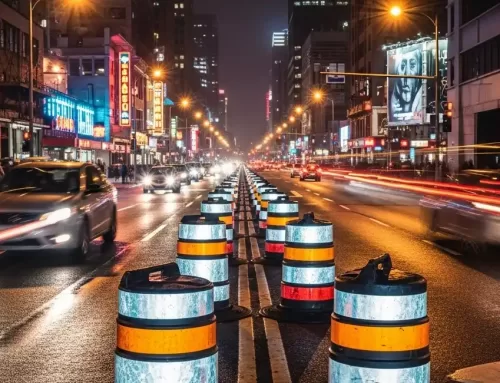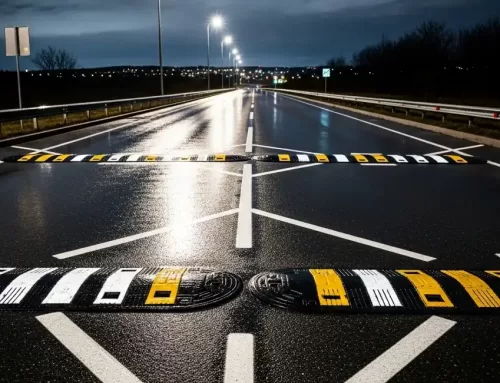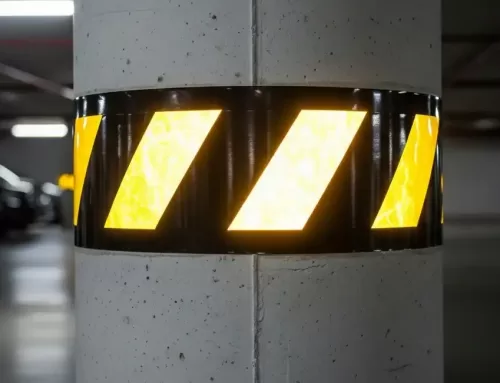Do you know the development history and uses of prismatic reflective sheeting?
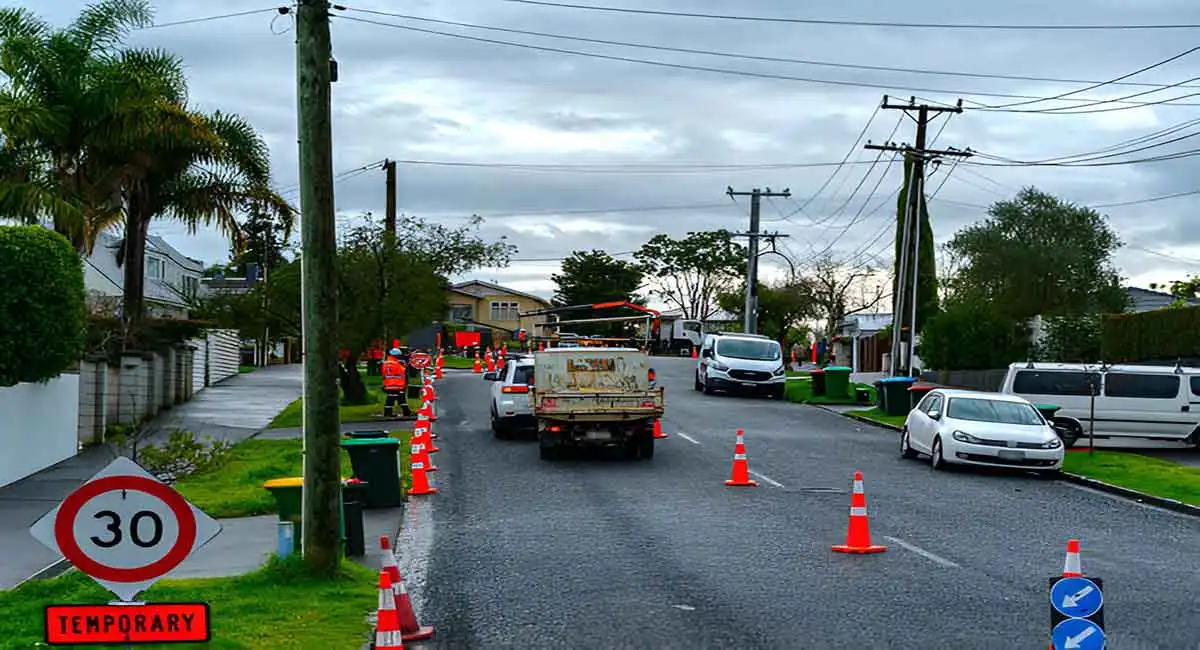
- In 1937, the world’s first reflective film was born in a laboratory in the United States, marking the starting point of the history of large-scale application of reflective film in traffic signs.
- In 1939, a sign made of reflective film was used for the first time in open air conditions on the side of a highway in Minnesota, USA.
- From then on, a new era of a series of reflective products used in traffic signs was opened, creating a brand-new traffic safety industry.
- In 1939, the US National Standard for Traffic Signs (Manual of United Traffic Control Devices, 1939) formally stipulated that reflective film should be used to make traffic signs.
- Since then, with the development of the chemical industry, especially synthetic resins, various research and development institutions have continued to research and innovate, using glass bead technology, synthetic resin technology, film technology and coating technology to successively develop a series of high-quality retro-reflective products. So far, reflective materials have a history of more than 70 years.
- In 1988, the first expressway in China, the Shanghai-Jiaxing Expressway, was completed and opened to traffic. China used retro-reflective materials to make road traffic signs for the first time.
With regard to the different types of reflection, it can be divided into: encapsulated reflective film, vapor-deposited reflective film:
According to the structure and characteristics of the prism, the micro-prismatic type can be divided into:
- Square prism retro-reflective film with good retro-reflective performance at close range and large angles,
- Fluorescent full prism type with good performance even in daytime and bad weather conditions,
- Full prism type that takes into account various needs. The structure of the prism is actually the reflection and refraction law of light.
The color of prismatic reflective film usually has white, yellow, red, green, blue, brown, orange, fluorescent yellow, fluorescent orange, fluorescent yellow-green, and there are also fluorescent red and fluorescent pink abroad.
Taking the DM7600 prism fluorescent yellow-green reflective film as an example, it is a new type of reflective material that integrates fluorescence and retro-reflective technology, which can absorb and convert the energy of invisible light in the spectrum.
This can have better chromaticity and luminosity, which is the so-called more vivid. It not only serves as a warning at night, but also plays a significant role in ensuring driving safety in daytime fog and other weather.
Specific details of prismatic reflective sheeting:

Prismatic reflective film is a reflective material made based on the refraction and total reflection principle of cubic pyramids. The surface finish of each cubic pyramid exceeds 5nm (nanometers), the angle error is less than 0.01 arc seconds, and there are 10,000 prisms distributed in every square centimeter. It is a reflective product that is completely realized by ultra-precision technical technology and processes. Compared with glass micro-bead reflective film, it has better reflective effect, longer visual distance and better recognition effect, and is generally used for road signs on high-grade highways.
Among reflective films, PC micro-prismatic reflective belongs to the second category of national standard reflective base, its specifications are 1.22*45.7 meters, and the thickness is between 0.38mm~0.4mm. There are many colors: white, blue, red, yellow, etc. It is mainly used in highways, main urban roads, and rural roads reflective signs
